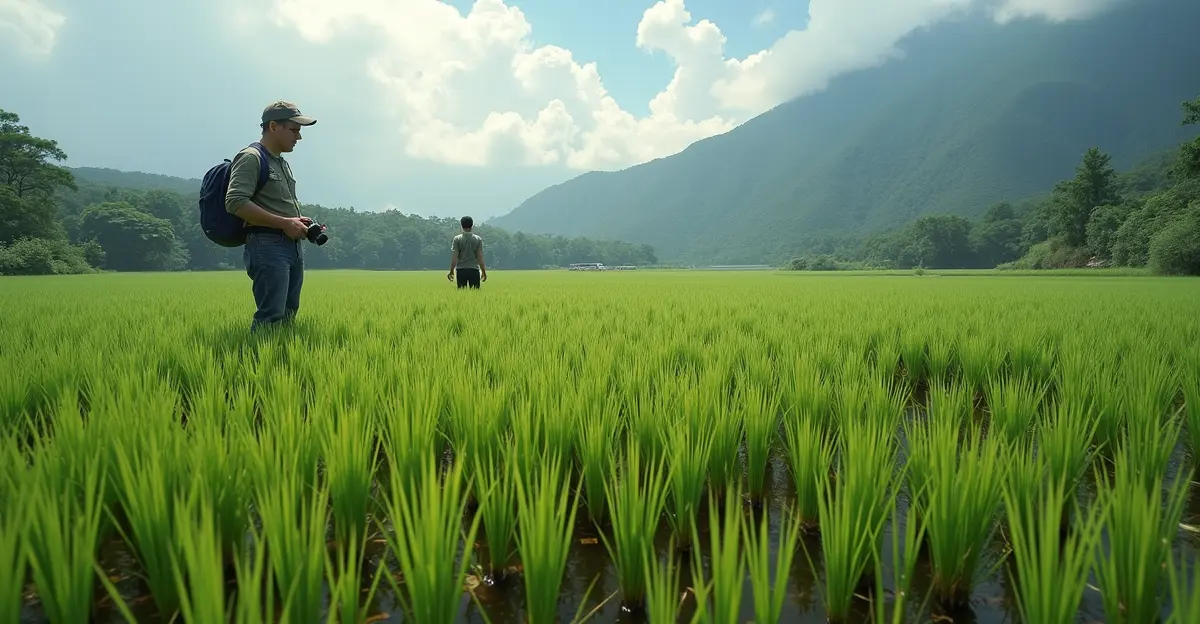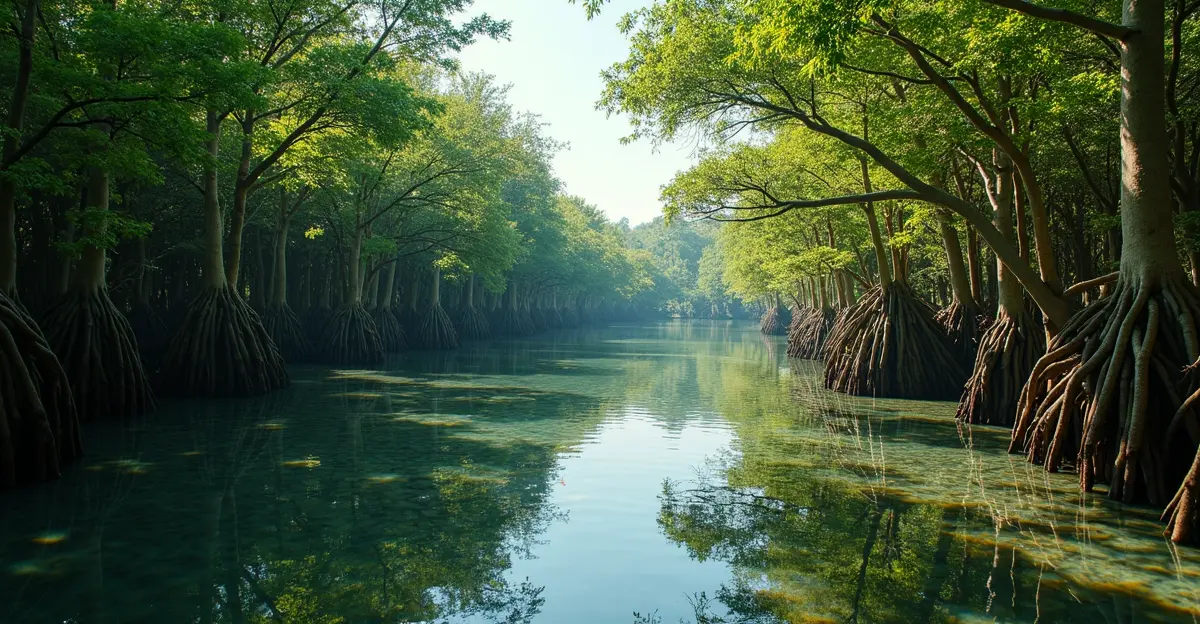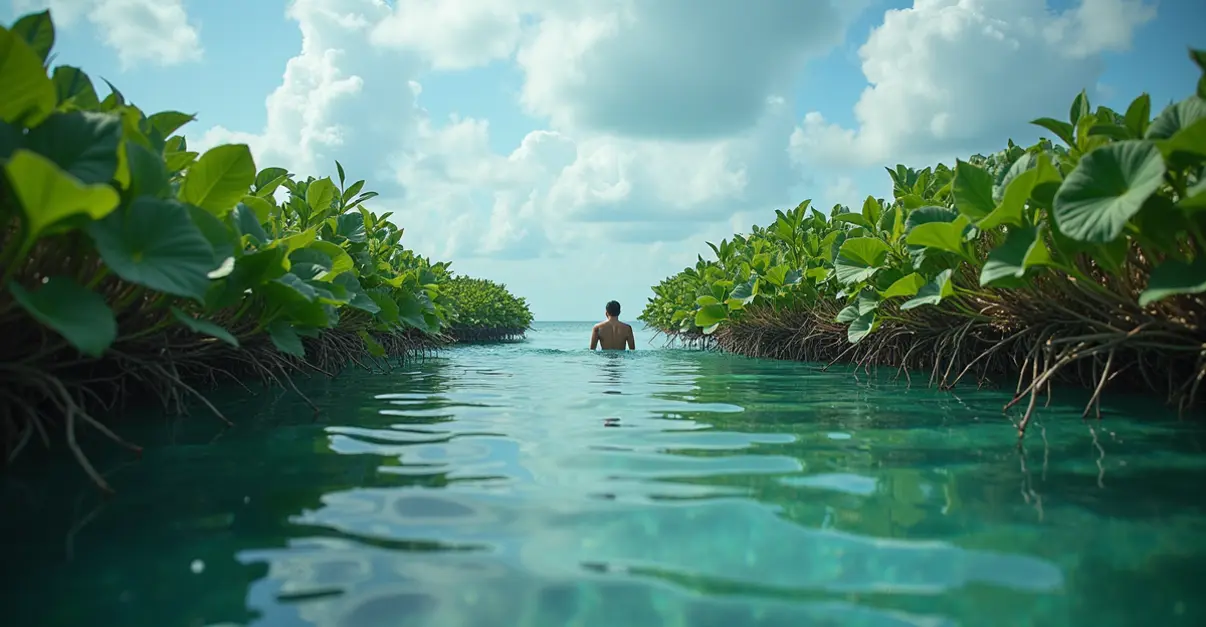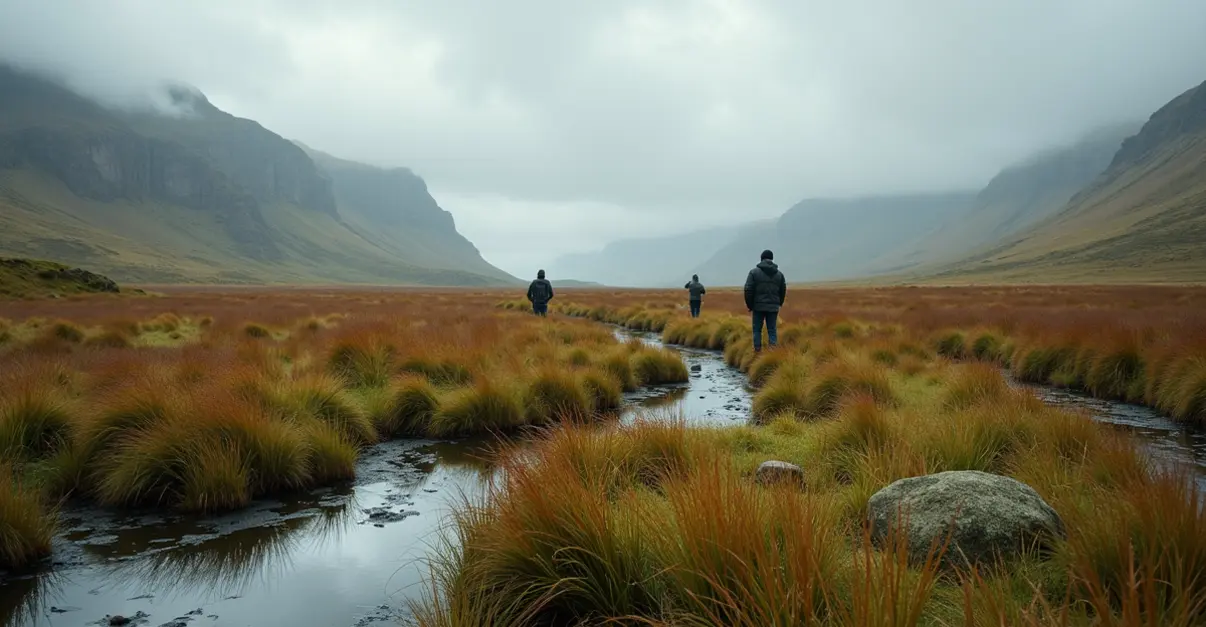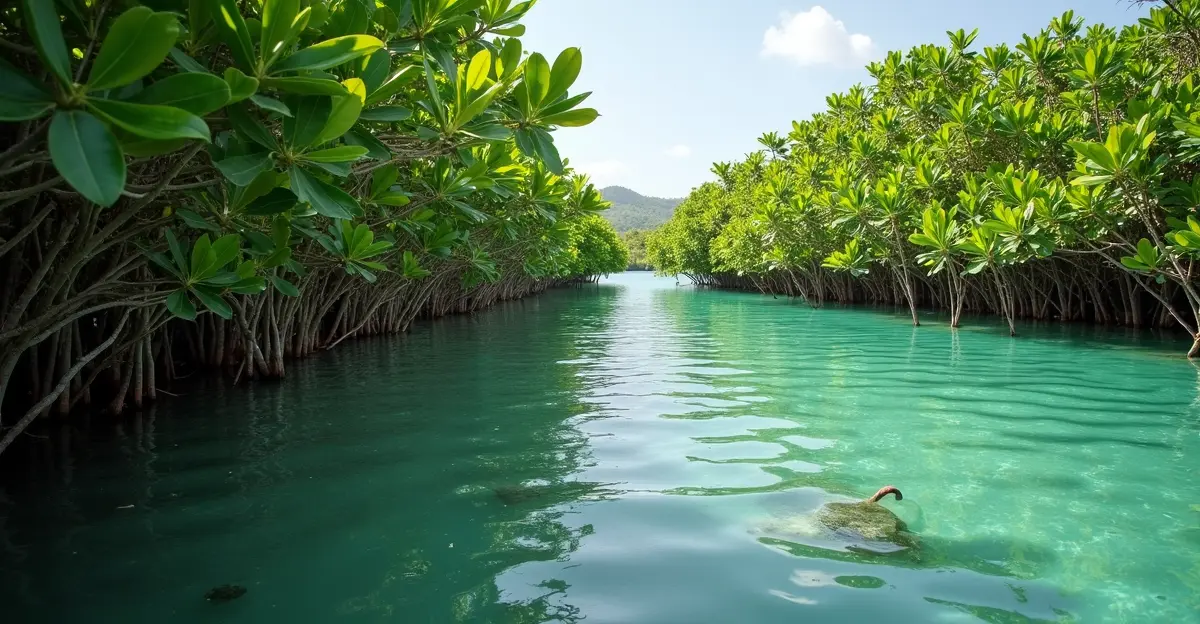A national program funds coastal mangrove restoration offering biodiversity protection, storm defense, carbon credits, and community jobs. The initiative provides up to $10M in grants for projects that create triple benefits for environment, climate, and local economies.
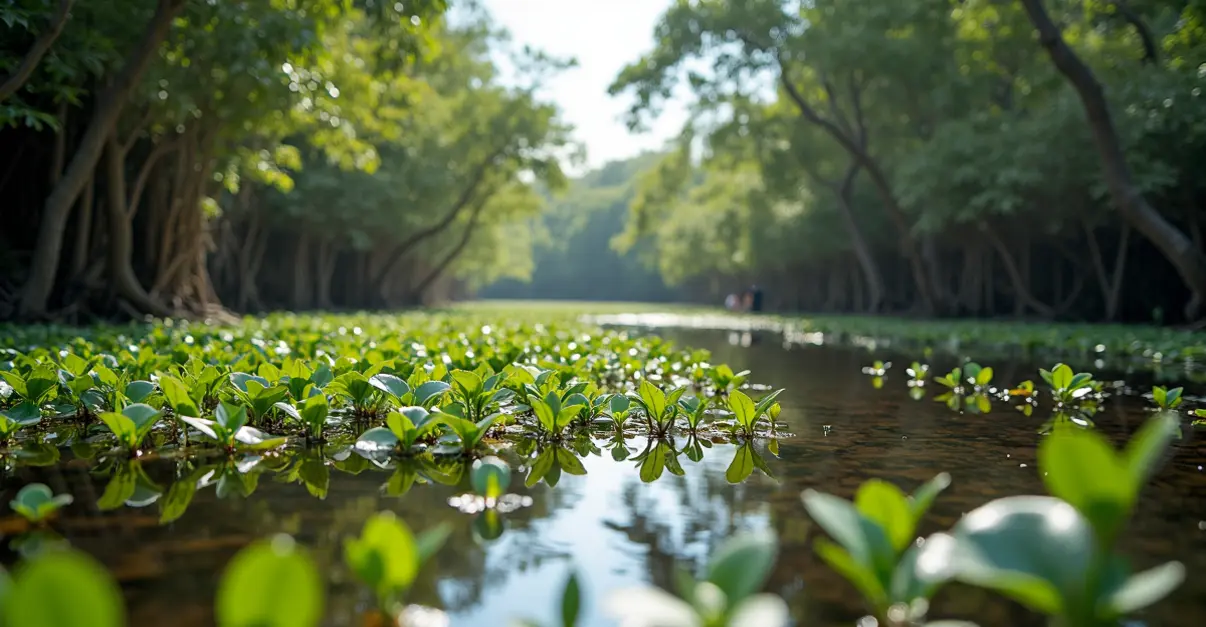
Major Coastal Resilience Initiative Launches with $10 Million in Funding
A comprehensive national program has been established to fund coastal mangrove restoration projects across vulnerable shoreline communities, creating a triple-win scenario for biodiversity conservation, storm protection, and economic development. The initiative, which includes up to $10 million in restoration implementation grants, represents one of the most significant investments in nature-based coastal solutions to date.
Biodiversity and Ecosystem Services
Mangrove ecosystems serve as critical habitats for numerous marine and terrestrial species, supporting rich biodiversity that extends from fish nurseries to bird sanctuaries. 'Mangroves are biodiversity hotspots that support over 1,300 species of fish and countless invertebrates,' explains Dr. Maria Rodriguez, a coastal ecologist at the Marine Conservation Institute. 'Their complex root systems create ideal conditions for juvenile fish and crustaceans, making them essential for maintaining healthy fisheries.'
According to recent research published in Nature Communications, global mangrove ecosystems provide an estimated $894 billion in annual ecosystem services, with regulating services accounting for 57.4% of this value. The study projects that restoring mangroves over the next two decades would require $40-52 billion in investment but could yield net ecosystem service gains of $231-725 billion.
Storm Protection and Coastal Defense
The program's storm protection benefits are particularly significant given increasing climate-related weather events. Mangroves act as natural barriers against storm surges and coastal erosion, with studies showing they can reduce wave energy by up to 66%. 'During Hurricane Ian, communities with intact mangrove forests experienced significantly less property damage than those without,' notes coastal engineer James Wilson. 'These natural defenses are becoming increasingly valuable as sea levels rise and storm intensity increases.'
The National Fish and Wildlife Foundation's National Coastal Resilience Fund specifically targets projects that reduce risks from storms, floods, and natural hazards while improving wildlife habitats. Grant awards range from $100,000 to $1 million for planning and design projects and $1 million to $10 million for restoration implementation.
Carbon Credits and Climate Mitigation
The program incorporates blue carbon credits as a key funding mechanism, recognizing mangroves' exceptional carbon sequestration capabilities. Mangrove soils can store three to five times more carbon per hectare than tropical rainforests, making them powerful tools in climate change mitigation. 'The blue carbon credit market is projected to grow 15-fold by 2030,' says carbon market analyst Sarah Chen. 'Mangrove restoration projects represent some of the most cost-effective carbon removal solutions available.'
A recent study in One Earth found that priority mangrove restoration could remove 84 million tons of CO2, representing about 3% of carbon emissions from deforestation in key regions. The research emphasizes that restoring mangroves in their historical ranges offers greater carbon benefits compared to afforestation in new areas.
Community Employment and Economic Opportunities
The program creates substantial employment opportunities in coastal communities, with positions ranging from restoration technicians to environmental educators. 'We're seeing growing demand for skilled workers in ecological restoration,' reports conservation jobs coordinator Michael Thompson. 'These positions not only provide good wages but also build valuable skills in environmental management.'
Organizations like the Mangrove Action Project are actively hiring restoration workshop leaders, while international conservation groups are creating positions focused on mangrove management and policy development. The program also supports local businesses involved in nursery operations, planting services, and monitoring activities.
Implementation and Timeline
The funding program follows a structured timeline with pre-proposals due in May 2025, full proposal invitations in mid-June, and award announcements expected in late November to early December 2025. Projects must be located within coastal watersheds that drain to the sea, with priority given to areas near vulnerable communities and critical infrastructure.
'This program represents a paradigm shift in how we approach coastal protection,' states program director Dr. Elena Martinez. 'By integrating biodiversity conservation, climate resilience, and economic development, we're creating sustainable solutions that benefit both people and nature.'
The initiative has already generated significant interest from coastal communities, environmental organizations, and private sector partners looking to invest in nature-based solutions. With applications opening soon, stakeholders are preparing comprehensive proposals that demonstrate both environmental benefits and community engagement.

 Nederlands
Nederlands
 English
English
 Deutsch
Deutsch
 Français
Français
 Español
Español
 Português
Português




